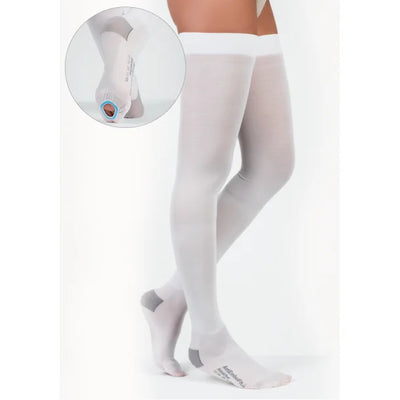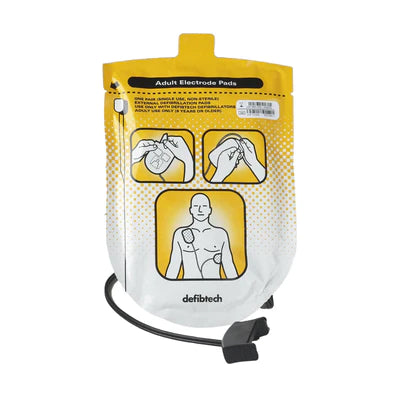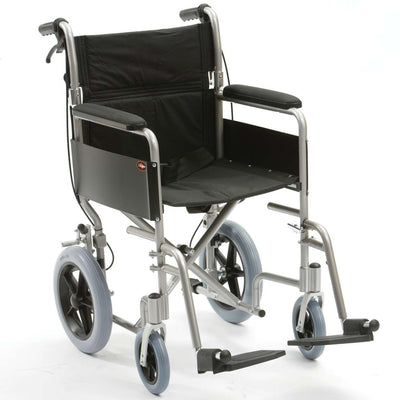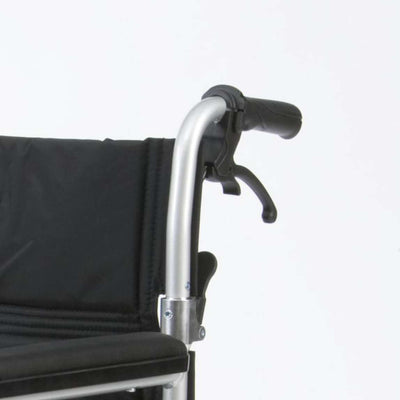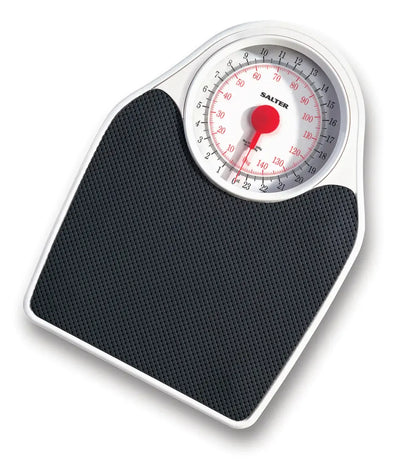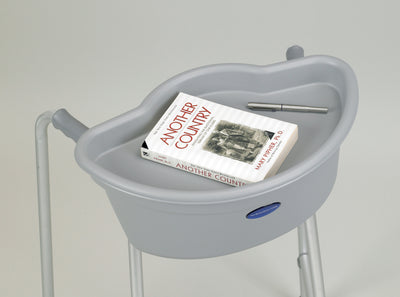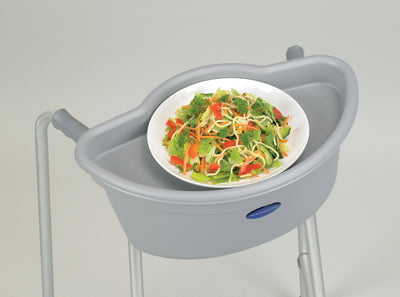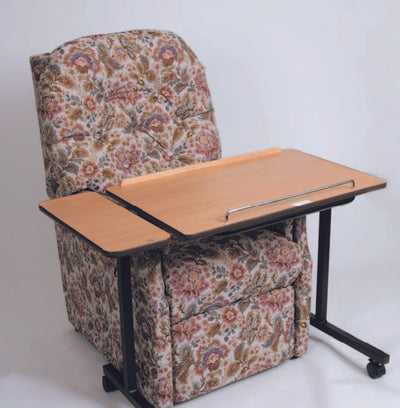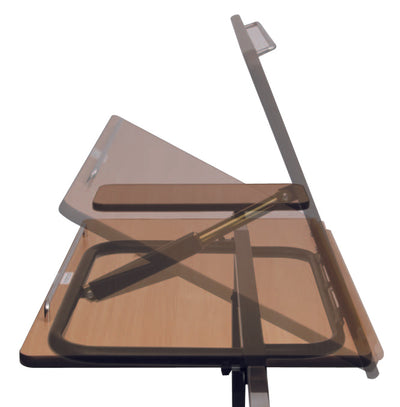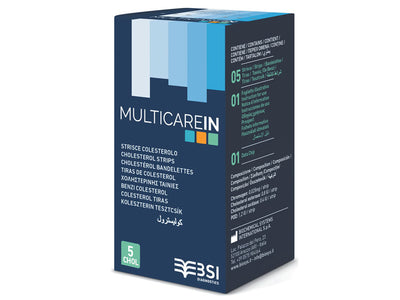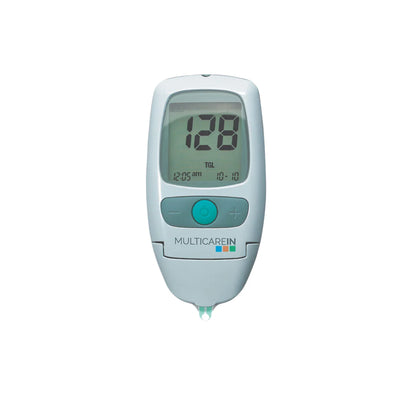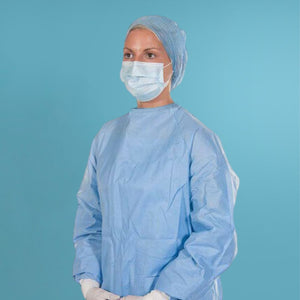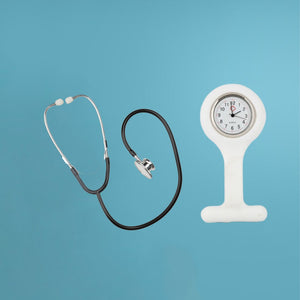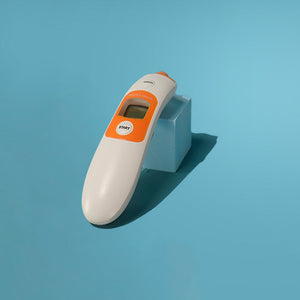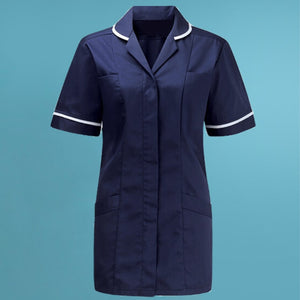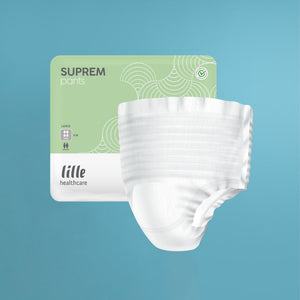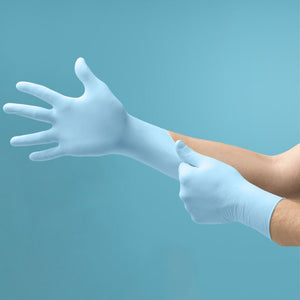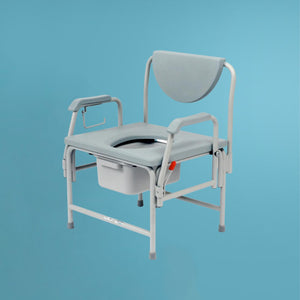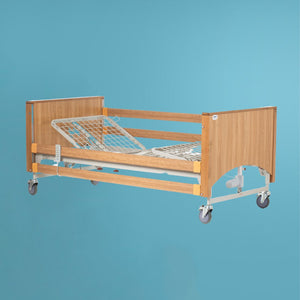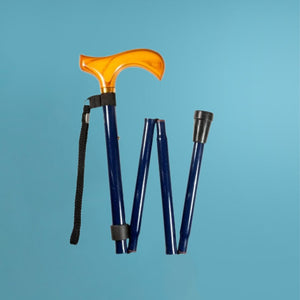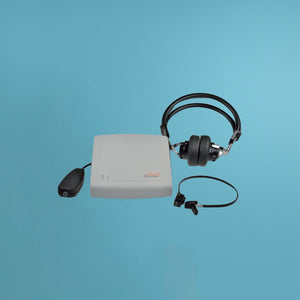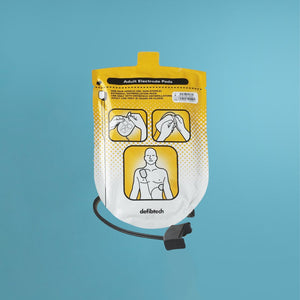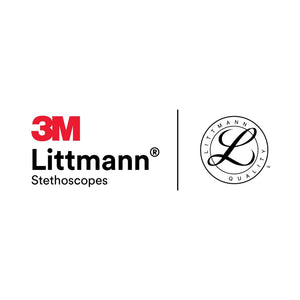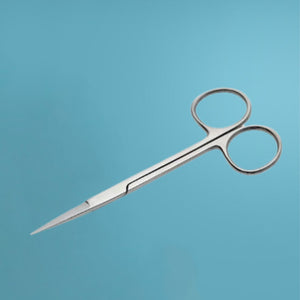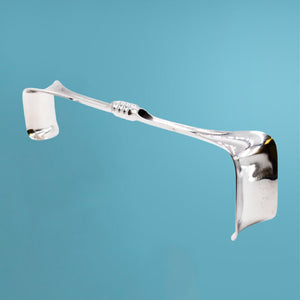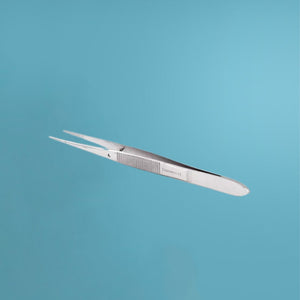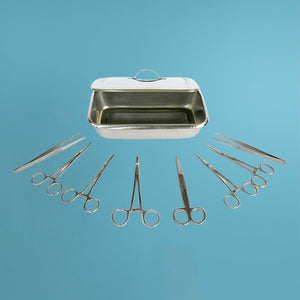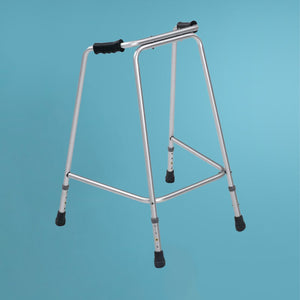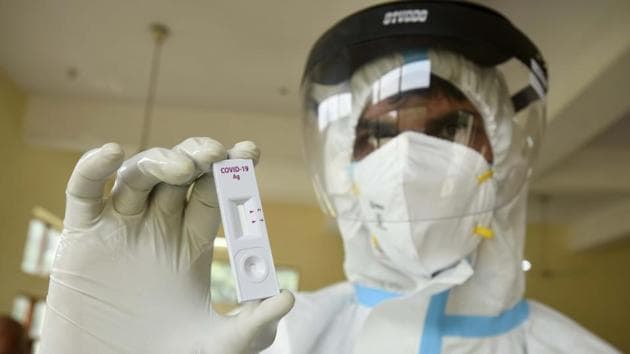What Is A Rapid Antigen Test?
Antigen tests are often used to diagnose respiratory pathogens like the flu virus and the respiratory syncytial virus (RSV). Emergency use authorization (EUA) has been given by the U.S. Food and Drug Administration (FDA) for antigen tests that can find SARS-CoV-2.
Antigen tests are immunoassays that look for a specific viral antigen, which shows that a virus is currently infecting the body. Antigen tests can be done on the throat, nose swab, or saliva samples that are put directly into the extraction buffer or reagent of the assay. Antigen tests that are currently allowed include self-tests, tests done at the point of care, and tests are done in a lab.
In short, the Rapid Antigen Test has the following benefits:
- Getting a quick result in 15–30 minutes; no need for a follow-up appointment to talk about the result
- Easy to use and doesn't require any special training
- No additional instruments required
- Can be used in areas without quick access to laboratories.
How To Use The Rapid Antigen Test
© SARS-CoV-2 Rapid Antigen Test Package Insert 2021-09, V 2.0.
© SARS-CoV-2 Rapid Antigen Test Package Insert 2021-09, V 2.0.
- Collecting Sample - Put a clean swab into the patient's nostril and rotate it 3–4 times against the surface of the nose and throat. Take the cotton swab out of the nose. Be sure to follow the steps in the instructions for use when taking a combined np/op sample.
- Preparing a Sample A - Put the swab into a tube with an extraction buffer. Stir the swab more than 5 times as you squeeze the buffer tube.
- Preparing a sample B - To get the liquid out of the swab, pull it out of the tube while squeezing the sides of the tube.
- Preparing a sample C - Put the nozzle cap on the tube as tightly as you can. Keep going with the next step which is performing a test.
- Performing a Test A - Set the test device on a flat surface and put 3 drops of the extracted sample in the specimen well at a 90° angle.
- Performing a test B - 15 to 30 minutes later, read the test result.
Warning: The results could be wrong. Don't look at the result of the test after 30 minutes.
Interpreting the Results of Antigen Testing
- If the test is working right, a coloured line will show up in the top part of the result window. This is the line in charge (C). Even if the control line isn't very strong, the test should be considered a success. If there is no visible control line, the test is not valid.
If the result is good, a coloured line will show up in the lower part of the result window. This is the line for testing (T). Even if the test line is very faint or not even, the result should still be considered positive.
How To Dispose Of My Antigen Test Kits?
This will depend on the details that come with the tests. Some tests come with a plastic bag where you can put the test materials including the swab. This bag is then put into another bag and thrown away with the rest of your trash. If you don't have any bags, you can put the used items from the test into a small, sealable plastic bag. This bag should be put inside another bag that can be closed and thrown away with the rest of your trash. After you finish the test and throw away the contents of the test kit, wash your hands carefully.
FAQs
- How Accurate Are My Rapid Test Results?
Most of the time, positive results are very accurate, but a PCR test may be needed to confirm negative results. Rapid tests work best one to five days after the first sign of a problem.
- What Should I Do If My At-Home Rapid Test Is Positive?
If the test shows that you have COVID-19, it is very likely that you do. Talk to your doctor and anyone else who might know you well. No matter if they've been vaccinated or not, everyone who tests positive should stay away from others.
Do you want to buy a rapid test kit that you can trust? Visit Mediworld now!

